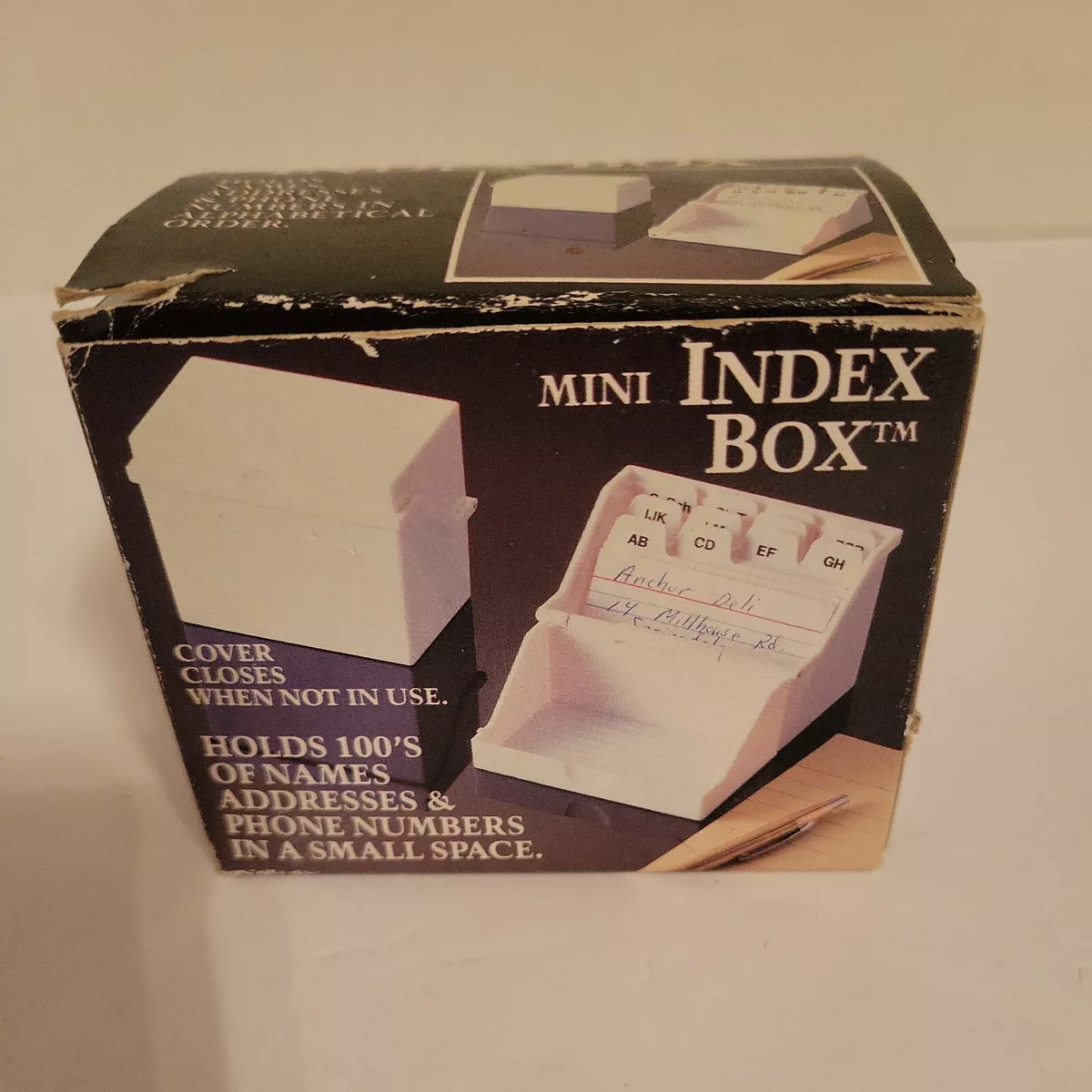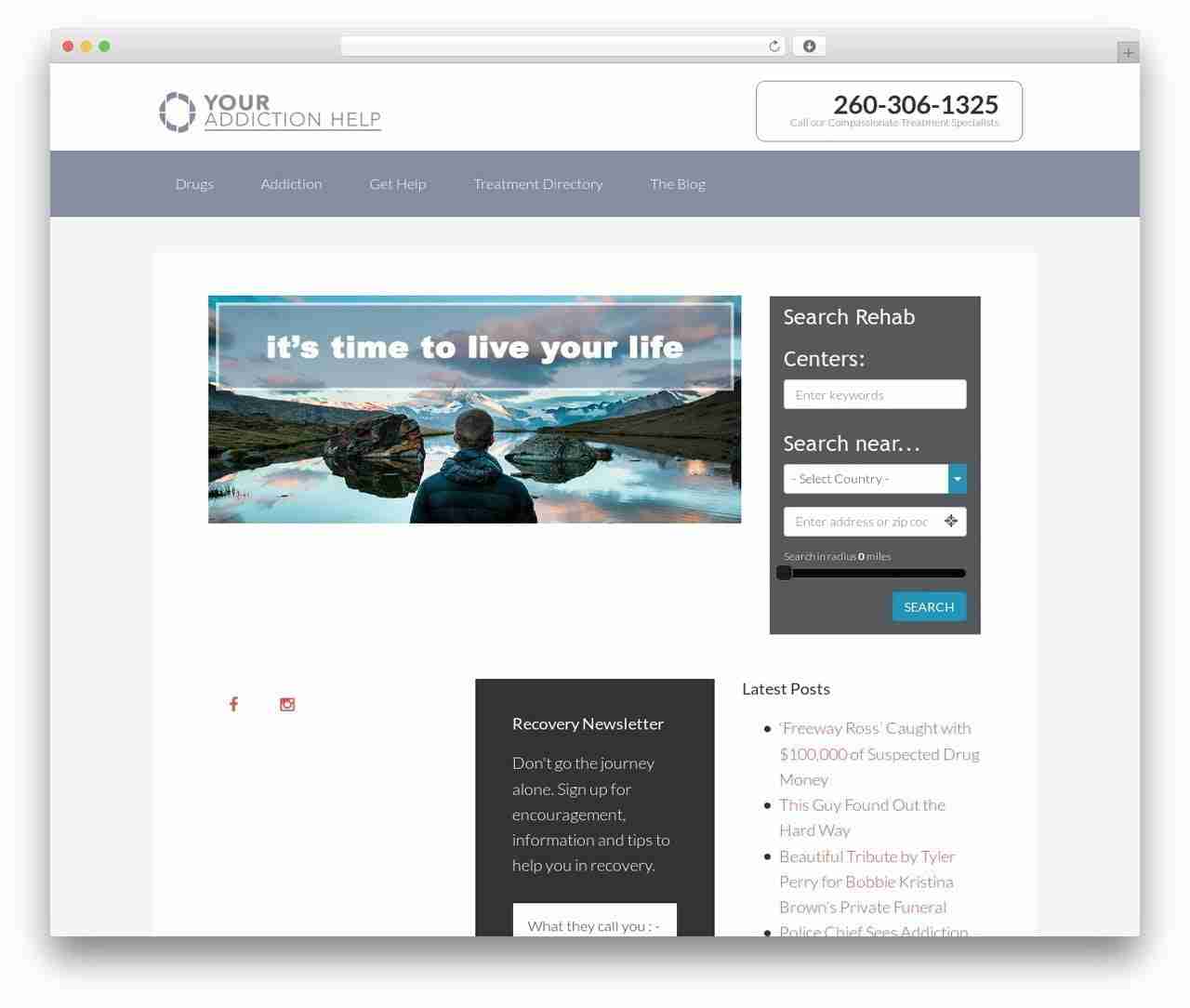When To Use The Noindex Tag In WordPress Websites For Good SEO
When To Use The Noindex Tag In WordPress Websites For Good SEO – in the ever-evolving world of SEO, every webmaster strives to optimize their website to perfection. Amidst the myriad of tools and techniques, the humble “noindex” tag often goes unnoticed. Yet, this unassuming tag can be a game-changer in the SEO landscape!
Whether you’re a seasoned SEO expert or a WordPress beginner, understanding when to use the noindex tag can significantly boost your site’s performance.
Let’s dive into the magic of the noindex tag and explore how it can be your secret weapon in the quest for superior search engine rankings.
Unveiling the Magic of the Noindex Tag
The noindex tag is like a hidden cloak that tells search engines, “Hey, this page is not for you!” When search engines crawl your website, they index various pages to make them appear in search results.
However, not every page is worthy of the spotlight, and this is where the noindex tag comes into play. By adding this tag to specific pages, you can instruct search engines to skip indexing them, keeping certain content out of search results.
Imagine having a backstage pass to a grand concert. The noindex tag acts similarly, giving you control over which pages remain behind the curtains and which ones step into the limelight.
This selective visibility can enhance your website’s SEO by ensuring only the most relevant, high-quality content gets indexed, thereby improving your overall search ranking.
The magic of the noindex tag lies in its simplicity and effectiveness. It’s a small snippet of code that can be easily integrated into your WordPress website.
Despite its modest appearance, it wields significant power, enabling you to steer search engines and refine your site’s content visibility with precision.
In minutes, you’ll audit locations to uncover your best opportunities to rank higher and get everything you need to improve your local rankings under one roof. Free Trial.
Why Noindex Can Be Your SEO Best Friend
The noindex tag is an unsung hero in the SEO toolkit, offering numerous benefits that can elevate your website’s performance. By keeping low-value or redundant pages out of search engine results, the noindex tag helps you focus on showcasing your best and most relevant content.
This strategic exclusion can lead to higher engagement and better user experience as visitors find what they need more efficiently.
One of the biggest challenges in SEO is dealing with duplicate content. Duplicate pages can confuse search engines and dilute your site’s authority.
By using the noindex tag, you can prevent these pages from being indexed, thereby maintaining the integrity and uniqueness of your content. This not only safeguards your website from potential penalties but also strengthens your site’s overall SEO health.
Moreover, the noindex tag helps you manage thin content—pages with little or no valuable information. These can drag down your site’s performance in search rankings.
By marking them with the noindex tag, you can focus search engine attention on more substantial, informative pages, boosting your site’s credibility and ranking potential.
Pages That Beg for a Noindex: A Quick Guide
Certain pages on your WordPress site are prime candidates for the noindex tag.
First, consider admin and login pages. These are necessary for site functionality but hold no value for search engine users. By adding a noindex tag, you ensure these pages stay hidden from search results, safeguarding your site’s security and user navigation.
Next, think about thank-you pages, confirmation pages, and other post-conversion stages. These pages are crucial for user experience but don’t offer new, valuable content for search engines. Marking these with a noindex tag keeps them out of SERPs while still fulfilling their role on the site.
Lastly, don’t forget about category, tag, and archive pages. While useful for internal navigation, these pages often contain duplicated content from your main articles or posts.
Applying the noindex tag to these pages can prevent content cannibalization and help maintain a clean, focused search engine index.
Noindex for Dummies: Simplifying the Concept
The concept of noindex might seem intimidating, but it’s actually quite simple! Think of it as a digital gatekeeper, deciding which pages get a pass to the public eye and which stay behind closed doors. The noindex tag is a meta tag added to the HTML of a page, instructing search engines not to include that page in their index.
In practical terms, using the noindex tag in WordPress is straightforward. Plugins like Yoast SEO or All in One SEO Pack make it incredibly easy. Simply navigate to the specific page or post, find the SEO settings, and check the option to noindex. Voila! The page is now hidden from search engine results, though still accessible to users who have the direct URL.
A crucial point to remember is that noindex doesn’t mean the page is off-limits to everyone—it only affects search engine indexing. Your content remains visible and functional for users who navigate your site directly. This makes noindex an efficient tool for managing your site’s public face without compromising user experience.

Mastering Noindex: Dos and Don’ts for WordPress
To harness the full potential of the noindex tag, follow these best practices for your WordPress site. Do use noindex for pages with duplicate or thin content to avoid SEO penalties. Also, apply it to internal administrative pages to keep your site’s backend secure and uncluttered in search results.
However, don’t overuse the noindex tag. Overzealous noindexing can lead to important content being hidden from search engines, potentially harming your SEO efforts. Balance is key—use noindex strategically for pages that truly don’t contribute to your site’s SEO goals.
Another important don’t is to avoid noindexing pages that attract substantial traffic or conversions. These pages are your SEO assets and should remain indexed to draw in visitors.
Always analyze your site’s traffic and conversion data before deciding which pages to noindex, ensuring your decisions support your overall SEO strategy.
Get Your Pages Indexed By Google
Unlocking SEO Potential With Strategic Noindex Usage
Strategic use of the noindex tag can unlock immense SEO potential for your WordPress site. By carefully selecting which pages to keep out of search engine results, you can direct search engines to focus on your most valuable and relevant content. This precision can significantly enhance your site’s overall search ranking and visibility.
Think of the noindex tag as a sculptor’s chisel, allowing you to carve out the best representation of your site for search engines. When used wisely, it helps in eliminating distractions and highlighting the core content that defines your site.
This focused approach not only improves user experience but also ensures search engines perceive your site as a well-organized, high-quality resource.
Ultimately, mastering the noindex tag is about balance and strategy. It’s not just about hiding pages; it’s about presenting your site in the best possible light. By understanding when and how to use the noindex tag, you can craft a polished, efficient, and user-friendly website that shines in search engine rankings.
The noindex tag is a small yet mighty tool in the world of SEO, offering a wealth of benefits for your WordPress site.
By understanding and strategically using this tag, you can refine your site’s search engine presence, enhance user experience, and boost your overall SEO performance.
So, the next time you’re working on your WordPress site, remember the power of the noindex tag—and let it work its magic! Happy optimizing!
When To Use The Noindex Tag In WordPress Websites For Good SEO






